Jack in the Green – the Green Man personified via a disguise of ivy and leaves – features in many folklore festivals across the UK. No Jack’ is more striking though than the floral Garland King, who rides a shire-horse into the village of Castleton, Derbyshire.
—-
May is an important month in the British folklore calendar, falling as it does midway between spring equinox and summer solstice. It is the month when the rising sap reaches its culmination; buds become blooms, lambs are in the field, and chicks are in the nest. The Old English name for the month was Þrimilci-mōnaþ (“month of three milkings”) while the modern name is thought by some to derive from the pre-Christian goddess Maia to whom a pregnant sow would be ritually sacrificed on the first of the month. Associations with fertility and with plenty are abundantly clear in both cases.
Although many surviving customs such as the crowning of May Queens (young women picked for their beauty and virtue to act as May personified for the day), dancing around the Maypole (a relic of pre-historic dendrolatry, or phallic pagan fertility symbol, depending on who you ask/believe), and so on, chiefly take place on May Day there are many varied traditions spread throughout the month.
Jack in the Green makes an appearance in many May festivals. Although the custom of dressing “Jack” in leaves and flowers, set into a large wicker frame which he wears seems to date from the 18th century, many folklorists have argued for more ancient origins.
In Castleton, Derbyshire (www.castleton.co.uk) May the 29th is Garland King Day. The Garland King rides a cart-horse wearing a large wooden frame completely covered in flowers and greenery so that only his legs are visible. At the apex of the King’s floral finery is fixed a posy of especially fine flowers and this is known as the Queen. Following the King is a second Queen, on horseback like himself. Up until 1956 the Queen (or ‘the Woman’ as she was then) was always a man in female dress. The Garland King leads a procession which makes its way through the village, via the six public houses (naturally), into the churchyard. There the great garland is hoisted up on ropes to the top of the church tower, and the Queen posy is laid at the foot of the village War Memorial.



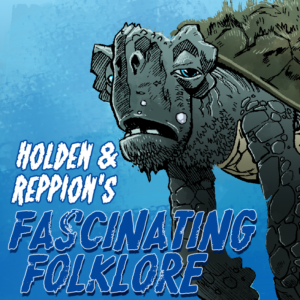

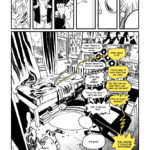
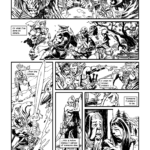
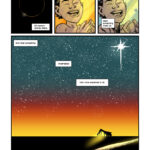
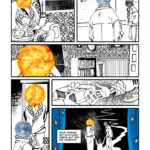
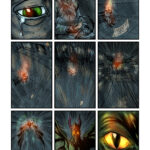
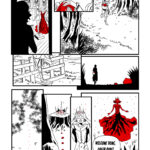
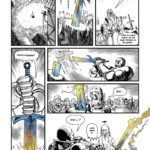
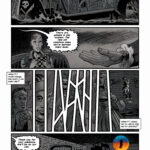
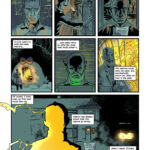
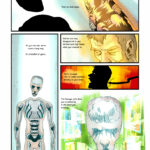
 Unlock with Patreon
Unlock with Patreon
Recent Comments